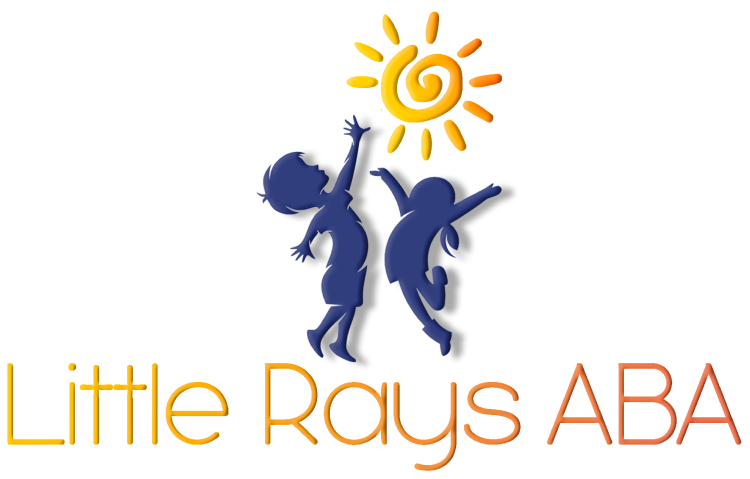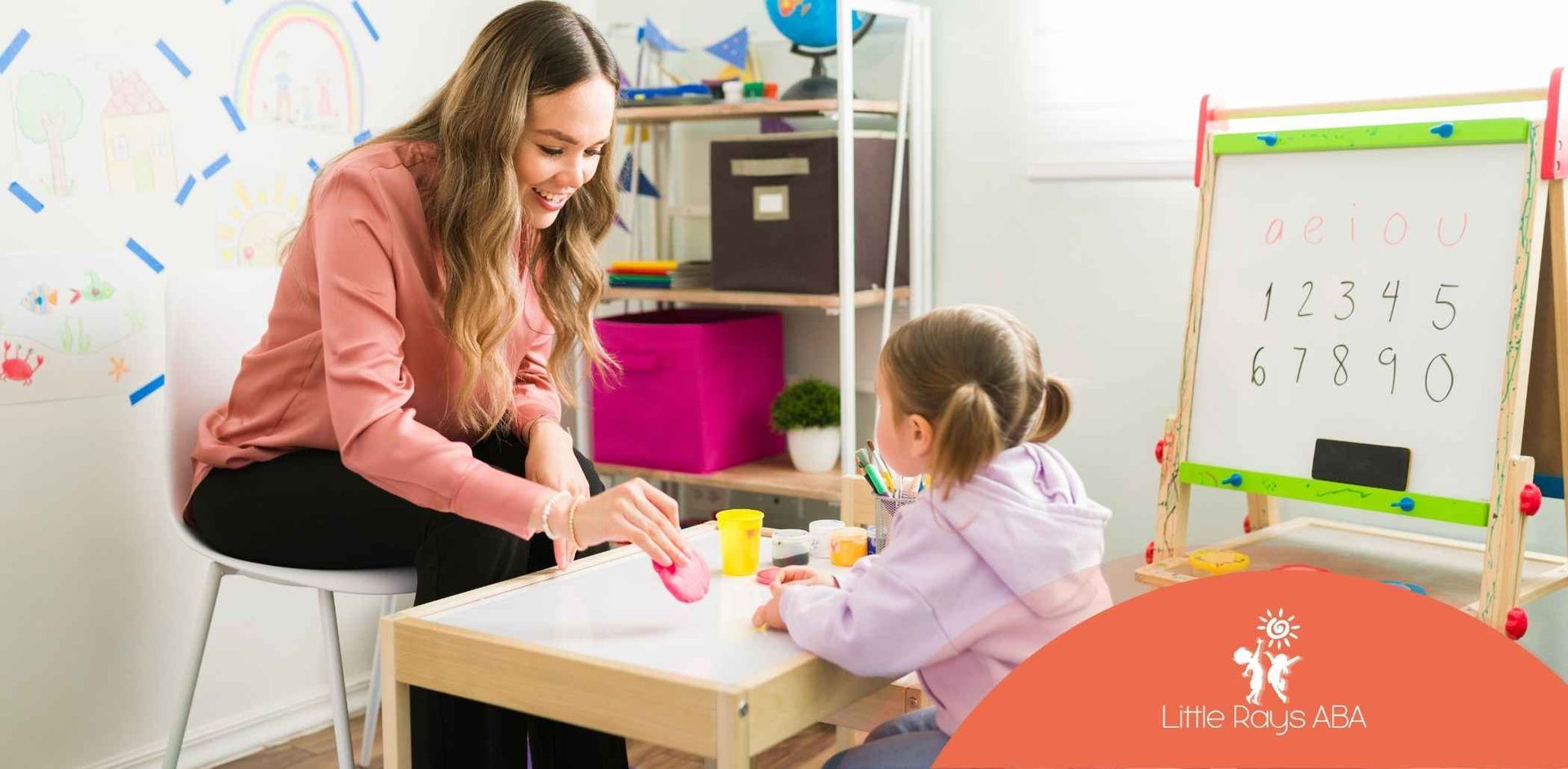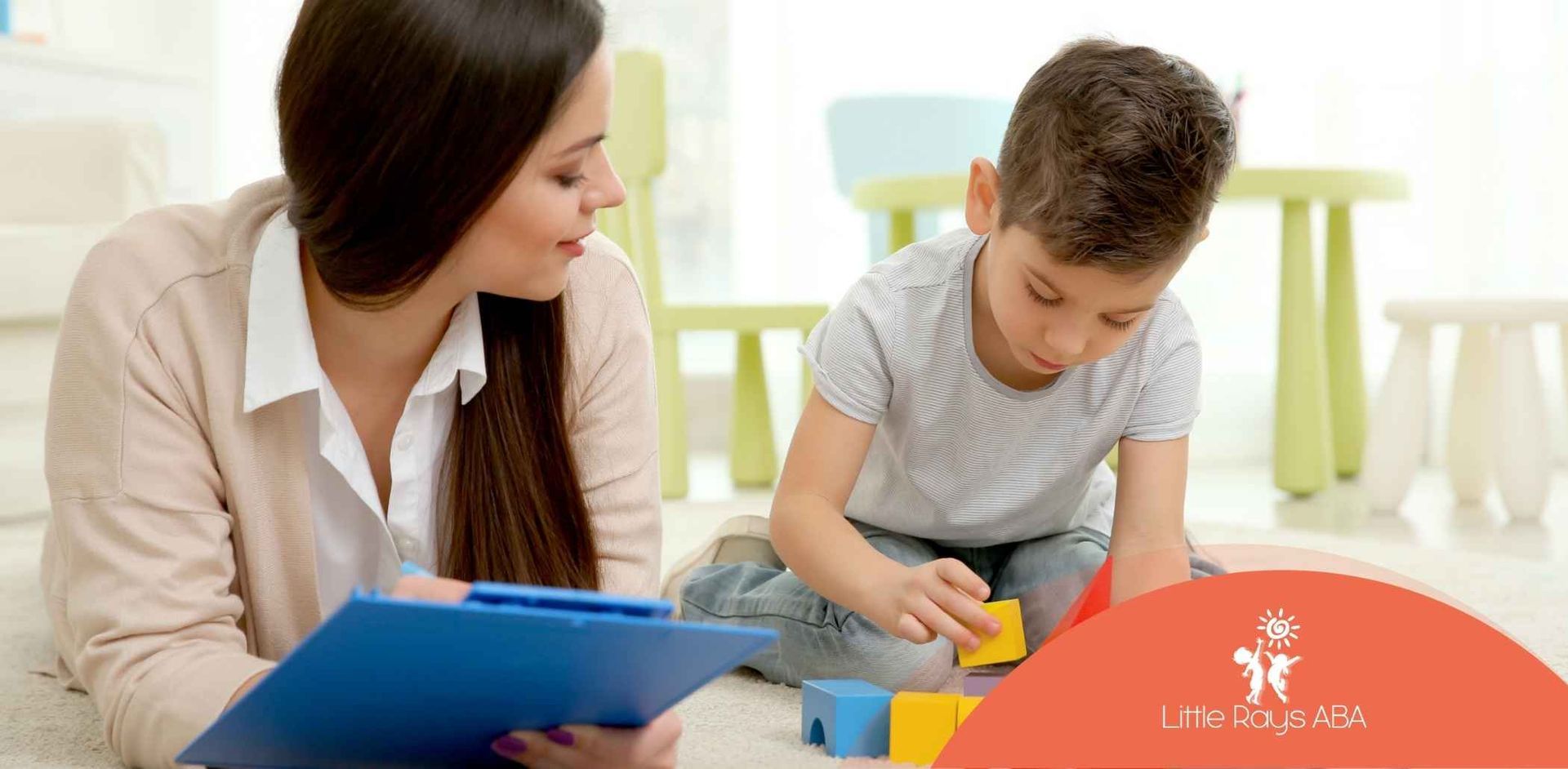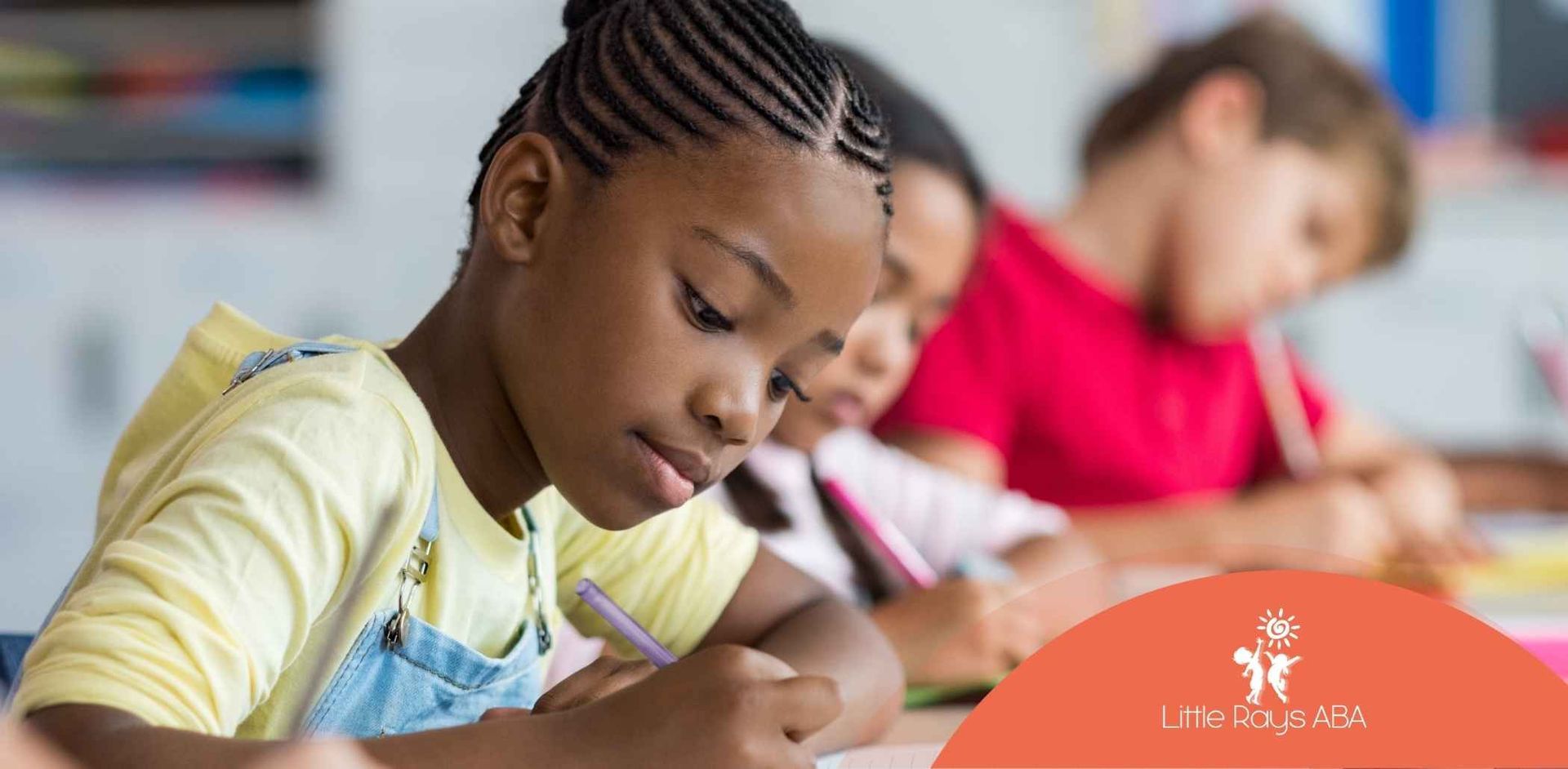
ABA Techniques at Home: A Parent’s Guide to Everyday Success
ABA therapy doesn’t stop when the session ends. Parents who use ABA techniques at home often see faster progress, smoother routines, and happier kids.
One mom I worked with in ABA parent training started using simple visual schedules during morning routines. Her daughter went from meltdowns every morning to smiling as she checked tasks off her chart. It was a small change that made a big difference.
Why Use ABA Techniques at Home?
Home is where children feel most comfortable. Using ABA strategies in daily routines helps kids:
- Practice skills in real-life situations
- Gain independence through repetition
- Build communication and social skills naturally
- Reduce stress by keeping expectations clear and consistent
Parents often notice that when ABA therapy continues at home, progress is faster and more meaningful.
Simple ABA Techniques Families Can Try
1. Positive Reinforcement
One of the core principles of ABA is reinforcement. This means rewarding positive behaviors so they are more likely to happen again.
- Offer praise (“Great job putting your toys away!”)
- Use small rewards like stickers, extra playtime, or favorite snacks
- Reinforce immediately so the child connects the reward with the action
Tip: Focus on celebrating effort, not just success.
2. Task Analysis (Breaking Down Steps)
Many skills feel overwhelming when presented all at once. Task analysis in the context of ABA means breaking them into smaller, easier steps.
For example, brushing teeth can be taught step-by-step:
- Pick up toothbrush
- Put toothpaste on brush
- Turn on water
- Brush top teeth
- Brush bottom teeth
- Rinse and put toothbrush away
By teaching each step in sequence, children learn faster and feel less frustrated.
3. Prompting and Fading
Prompts are small hints or support to help a child complete a task. These can be:
- Verbal prompts (“Pick up your shoes”)
- Gestural prompts (pointing to shoes)
- Physical prompts (guiding their hand)
Over time, prompts are faded out so the child can complete the skill independently.
4. Visual Supports
Many children with autism are visual learners. Using charts, pictures, or schedules can make routines clearer.
- Create a morning routine chart with images (wake up, brush teeth, get dressed)
- Use picture cards for choices (snack, play, reading)
- Mark off completed tasks with stickers to show progress
Visual supports reduce anxiety and help kids know what to expect.
5. Modeling
Children learn by watching. Modeling is demonstrating the desired behavior so the child can copy it.
Example: If you want your child to greet someone, say “Hi!” first while smiling and waving. Encourage them to imitate. Over time, they’ll begin initiating greetings on their own.
6. Shaping
Shaping is teaching a new skill gradually by rewarding small steps toward the goal.
Example: If you want your child to say “water,” start by rewarding when they point to the cup, then when they say “wa,” and finally when they say “water.”
This technique builds confidence and reduces frustration.
7. Generalization
Skills learned in therapy or at home need to work in other places too — like school, playgrounds, or community settings. This is called generalization.
If your child learns to ask for help at home, encourage them to do the same at school or in a store. Practice skills across different people, places, and situations.
Tips for Success with ABA at Home
- Keep sessions short and engaging (5–10 minutes at first)
- Use your child’s interests (favorite toys, games, or shows) as motivators
- Be patient — progress may be slow, but consistency is key
- Stay positive — focus on what’s working, not just what’s hard
- Collaborate with your ABA therapist to reinforce therapy goals at home
Professional Support Matters
While using ABA techniques at home is powerful, families benefit most when they have professional guidance. A trained ABA therapist can create individualized plans and coach parents on the best strategies.
At Little Rays ABA, we help families across Florida make ABA therapy a positive and practical experience. Our services include:
We tailor each program to your child’s needs, focusing on communication, independence, and lifelong skills.
FAQs
1. Can parents do ABA therapy at home without a therapist?
Yes, parents can use ABA strategies daily, but working with a professional ensures the plan is effective and tailored to the child.
2. How much time should families spend on ABA at home?
Start small — even 10–15 minutes a day of consistent practice can make a big difference.
3. What’s the most effective ABA technique at home?
Positive reinforcement is the most widely used and effective. Pair it with consistency and patience for the best results.
Sources:
- https://docs.autismspeaks.org/evidence-based-practices/prompting
- https://www.autismspeaks.org/applied-behavior-analysis
- https://gsep.pepperdine.edu/blog/posts/aba-techniques-strategies-for-behavior-analysts.htm
- https://online.regiscollege.edu/blog/aba-therapy-examples/
- https://www.autismparentingmagazine.com/aba-therapy-activities-guide/
Related Posts





